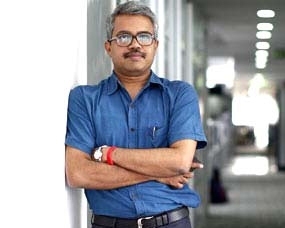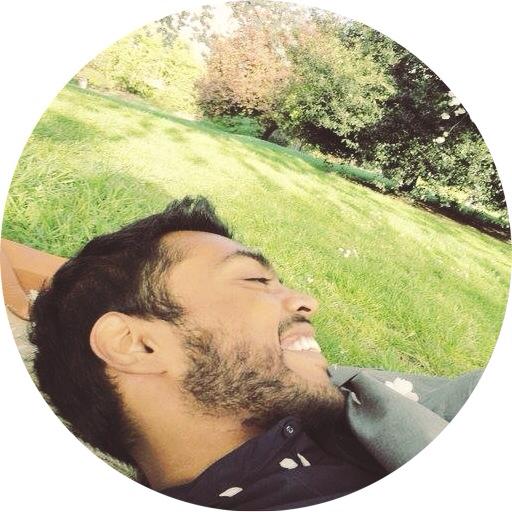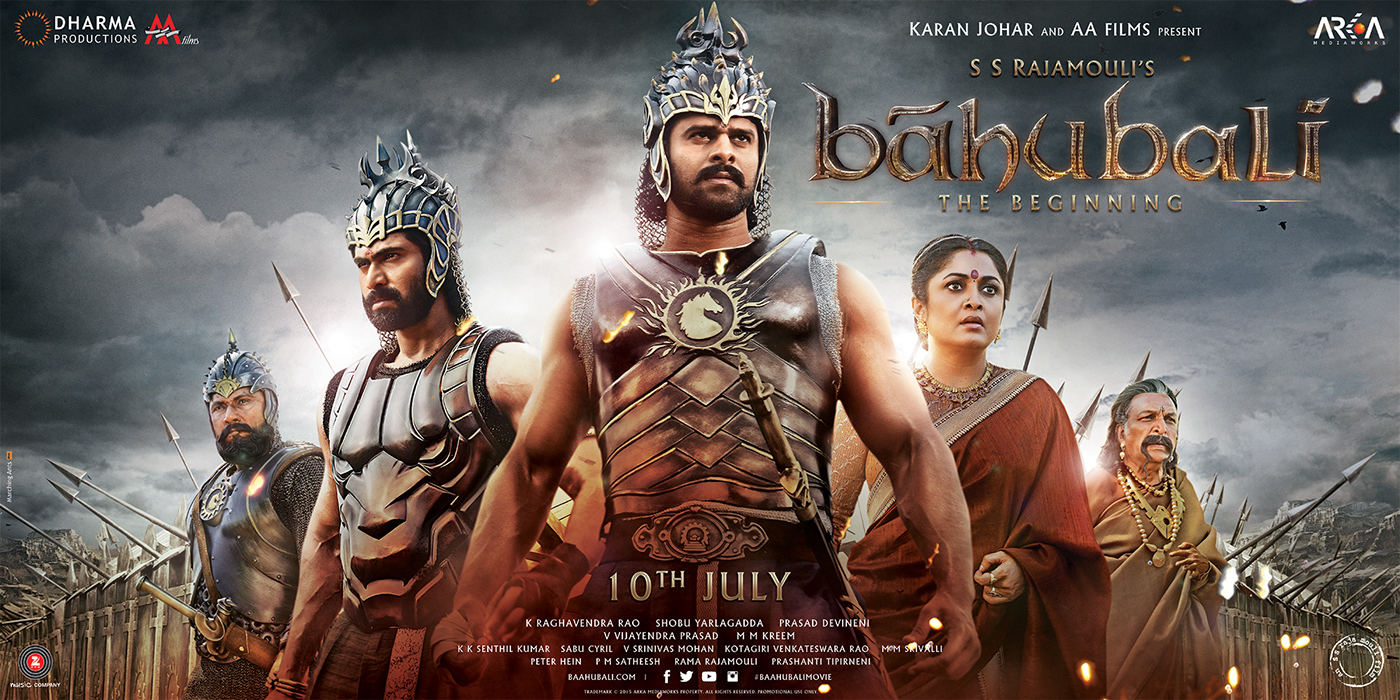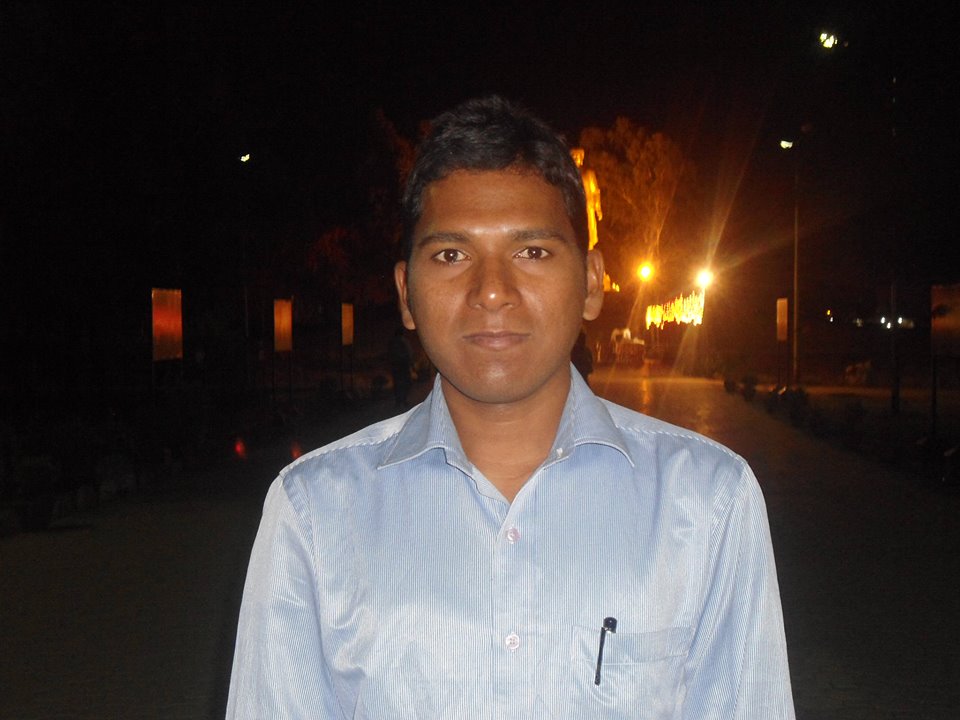Dilip Mandal
 They are not socially or educationally backward people, not at all. They are not a community on the margins of history, politics or any other social matrix. Rather, they belong to a community which is looked upon with envy by people from other communities in India as they are known to be influential and have one of the most dominant diaspora.
They are not socially or educationally backward people, not at all. They are not a community on the margins of history, politics or any other social matrix. Rather, they belong to a community which is looked upon with envy by people from other communities in India as they are known to be influential and have one of the most dominant diaspora.
But these days they are unhappy, disgruntled and very angry. They are angry with the state. They have the power and authority to shut a state down. They want to be in the OBC list. It does not matter that there is no empirical data to prove their backwardness, whether social or educational. But that’s inconsequential for them. They want it and they think that they will have it. They can be anybody. The Jats, The Patels, or the Marathas. This is India, 2015.
Let’s move the clock of history backward. On the wintery morning of 25th November, 1949, the Constituent Assembly of India was holding its last day’s proceedings. Dr Rajendra Prasad was in the chair. While concluding the debate in the Constituent Assembly, as chairperson of the drafting committee, Babasaheb Dr. B. R. Ambedkar said:
“On the 26th January, 1950, we are going to enter into a life of contradictions. In politics we will have equality and in social and economic life we will have inequality. In politics we will be recognizing the principle of one man one vote and one vote one value. In our social and economic life, we shall, by reason of our social and economic structure, continue to deny the principle of one man one value. How long shall we continue to live this life of contradictions? How long shall we continue to deny equality in our social and economic life? If we continue to deny it for long, we will do so only by putting our political democracy in peril. We must remove this contradiction at the earliest possible moment or else those who suffer from inequality will blow up the structure of political democracy which this Assembly has so laboriously built up.”
Dr. Ambedkar had forewarned about the possible discontents in Indian democracy. But if we do a careful reading of his writings or even this speech, we can draw the conclusion that he had expected the discontent to come from the marginal sections of the society, from those “who suffer from inequality”. He wanted the Indian state and constitution makers to address the issues of social and economic disparity. In the Constituent Assembly debates, he had pitched for affirmative actions for the deprived sections of society and his formulations were largely accepted by all political formations.
However, after 65 years, despite all the nice words, plans and schemes by the state, the condition of the marginalised sections of society has not improved much. A pilot study in 2011 (conducted by the Planning Commission) had revealed that half of the poor in India are from SC and ST communities. Given that SC and ST population is only 22.5% of the total population, it is a bad commentary on the so-called inclusive policies of India that 22.5% of the population contribute half the number of poor people in India.
Commonsensical wisdom suggests that the deprivation of one fourth of the population would lead to huge discontent and agitations. But this has not happened. Many social analysts are sceptical of the formulation that discontent or dissatisfaction will always lead to social movements. Some sociologists formulate that people may live in unjust and disadvantageous situations for any period of time, so long as they do not perceive their situation as such. This is true in the case of lower castes and poor people of India.
We hardly find any movement or agitation led by SCs, STs, OBCs, minorities or the poor, specially if we scrutinize the urban landscape. On the contrary, major agitations and social movements like Assam movement, anti-Mandal Commission agitation of 1990, Ramjanma Bhoomi Andolan, anti-corruption movements, anti-OBC reservation movements of 2006, Jat reservation movement and other such movements have a similar characteristic feature: these were all lead by the upper caste Hindu urban males. Other than the Jharkhand movement, all other movements for smaller states also have the same social character.
Why are the upper caste Hindu urban males so angry? It is true that the Indian State has not come up to the expectations of everyone. India is still a poor, underdeveloped, undernourished third world country. But who should be more agitated about their condition? Rich kids in AIIMS, shouting slogans against Indian Constitution in a cosy and cool space or the Dalit youths facing persecution – who should be unhappy with the failure of the national project of a modern prosperous India? The patels of Gujarat or the tribals of Dantewada? The tribals are apprehensive that the Indian state will take away their land, which is their last and only source of livelihood. Have you heard about any large scale agitation by manual scavengers, even though there are still thousands of people engaged in manual scavenging? Muslims were marginalised very cruelly during left front rule in West Bengal. But even after the Sachar Committee report, have you seen any protest by the Muslims in Kolkata or in Murshidabad? The dalits in Haryana are facing worst form of subjugation and exploitation, but why are they not burning government vehicles and properties?
An exception to this is the Naxalite movement of central India, in which we notice a huge participation of tribals and Dalits. But even 45 years after the ‘spring thunder’ of Naxalbari, it has largely remained a rural phenomenon, and failed to find resonance in urban India.
In India, those who have benefitted most in the last 68 years are the angriest. And a proportional calm is prevailing amongst deprived sections of the society.
As far as the issue of reservation for Patels, Jats or Marathas is concerned, the best solution is that government should conduct a caste census in 30 days, under the Census Act of 1948, and release the data. Socio Economic and Caste Survey is of no use, as government itself has raised so many questions on the data collected. The Finance Minister Arun Jaitley has cited a strange case of 4.6 million caste and gotra names.
According to the article 340 of the Constitution, social and educational (not merely economic) backwardness imply the backwardness of any community, and to prove this, empirical data is required. This is the time to stop doing politics of sociology without supporting data. Let backwardness be proved by data. Number of burnt buses should not be the deciding factor for any community’s backwardness. Let’s go for a new caste census to stop India from becoming the land of a million caste mutinies.
~~~
Dilip Mandal is former Managing Editor, India Today group. He is currently doing research in JNU, on the correlation between caste and news media.










